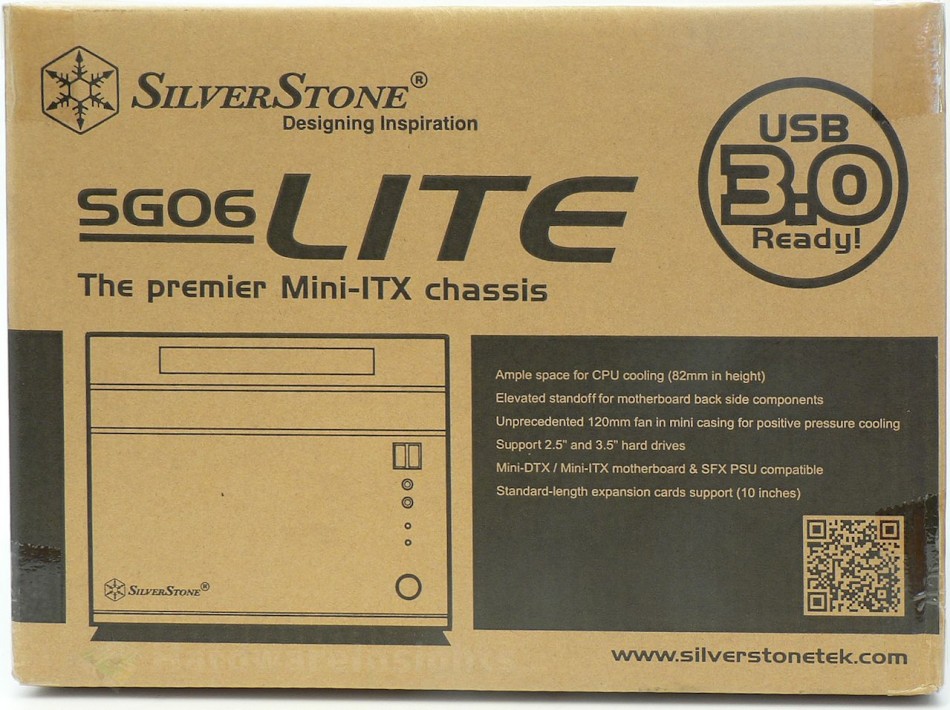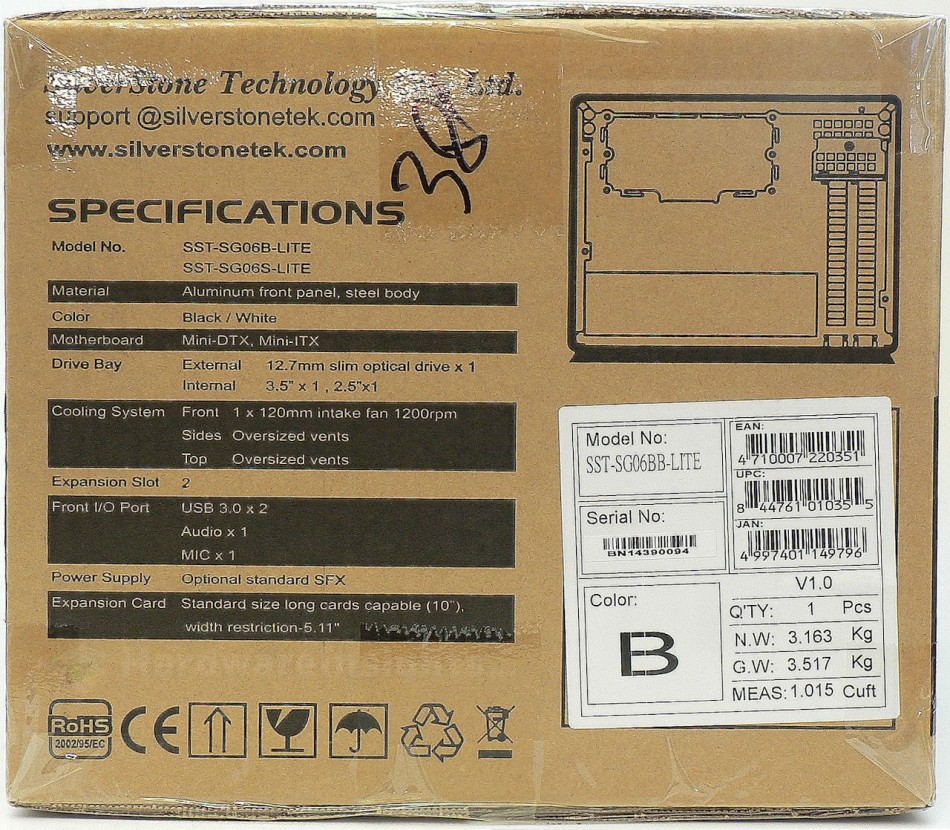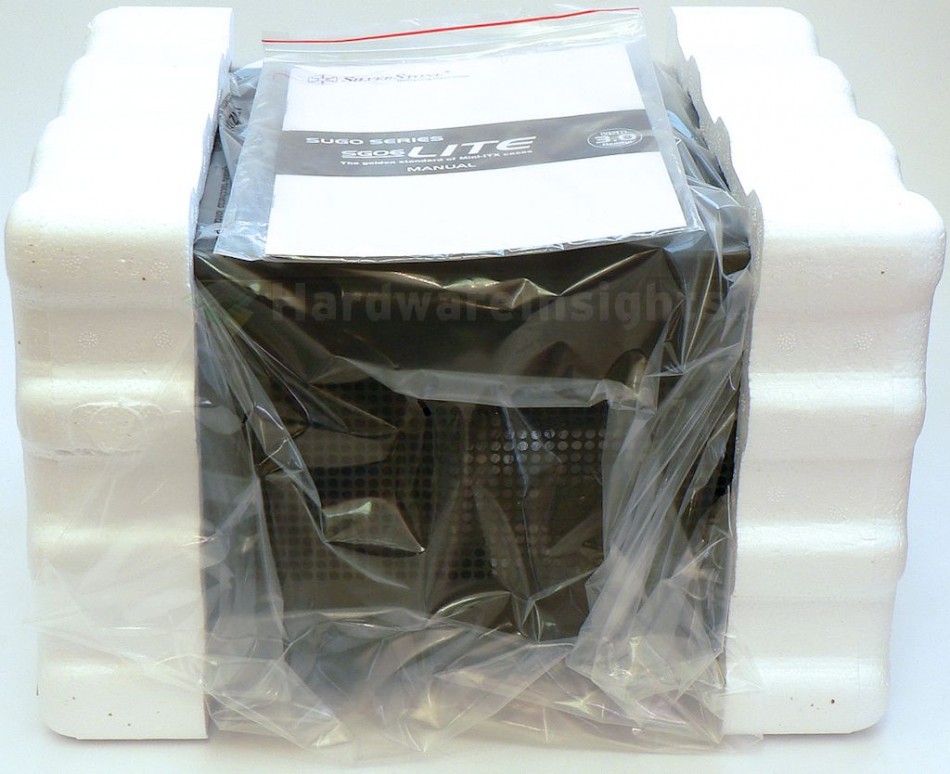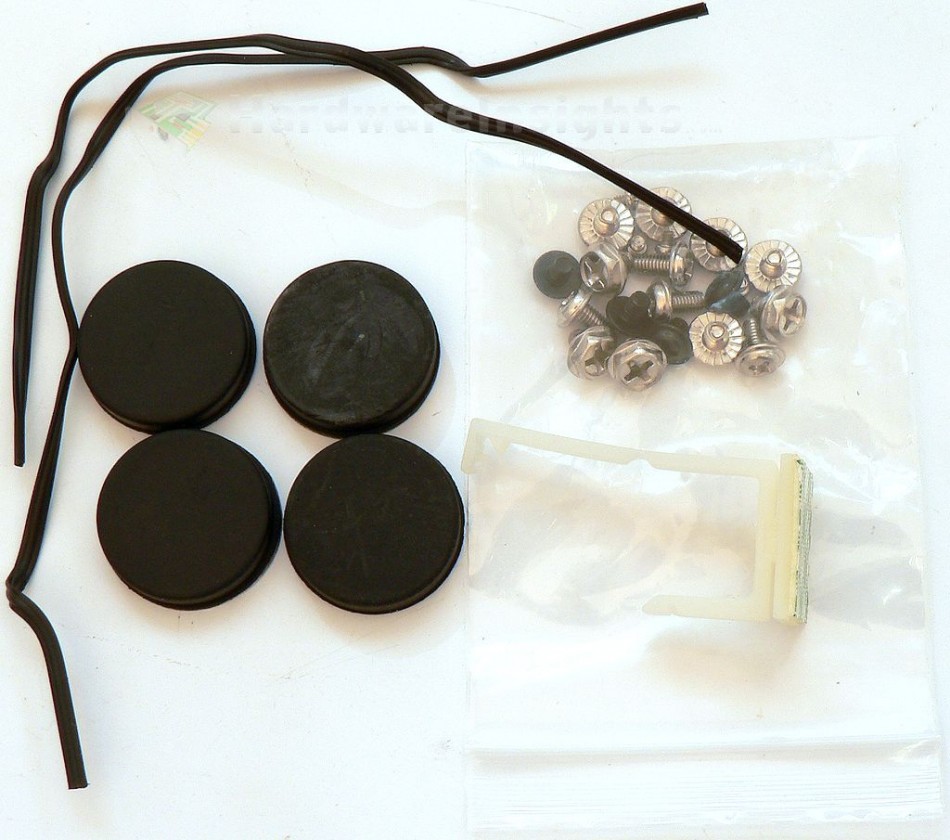Contents
Introducing the Sugo SG06 Lite
Today we’re going to take a look at the Silverstone Sugo SG06 Lite computer chassis. It is a somewhat older case for Mini-DTX or Mini-ITX motherboards so some may be wondering why I’m even reviewing it. The answer is simple: I’ve been working on a couple of office builds. And the first thing I realized is that there’s no longer a need to follow the tradition route of a tower or mini tower. That means to say – there are a myriad of miniature cases that can accommodate today’s modern hardware, which is more than capable of serving the purpose of data entry and perhaps some infrequent web browsing. My only non-negotiable requirement however was that these cases had to support an optical drive of some sort. Some of the smallest miniature cases from Silverstone seemed to accommodate this, but they only allowed for a slot optical drive which aren’t exactly that easy to come by — at least not at a reasonable price, and no sane person will pay more than the cost of the drive and the case for that matter just for a slot loading variant.
| Size | ITX box |
| Motherboard size | Mini-DTX, Mini-ITX |
| Color/variants | black, silver |
| Size | 175 × 220 × 285 mm |
| Skelet material | SECC plate, 0.8 mm (0.7 mm cross-bars) |
| Side material | SECC plate, 0.8 mm |
| Front panel material | plastic frame+brushed aluminium plate |
| Weight (incl. fan) | 2.4 kg |
| Positions 5.25″ | 1× slim external |
| Positions 3.5″ | 1× internal |
| Positions 2.5″ | 1× internal |
| PSU type | SFX |
| Fan positions | 1× 120 mm front |
| Occupied positions | 1× 120 mm front |
| Front panel | 2× USB 3.0, jack input/output |
So, ultimately I decided to go for the Sugo series, and I narrowed it down to the SG05 and SG06 (the only major difference between them being the style of front panel). I was mainly interested in the Lite versions, which do not include an SFX power supply (as I already have many of those), rather than the ordinary versions which come with a 300W unit. However, the SG05 was not available quickly enough so we took two SG06s instead. The table above already sums up most of the basic specs, so I think we can move onward right away.
Packaging and accessories
The front side of the box shows us a drawing of the front panel and lists some basic specifications.
The rear side of the box shows a diagram of the rear side of the case itself. Makes sense, right? I wonder why more manufacturers don’t do this on the boxes of their products… It also expands on the specification, also listing the internal model number of the unit. Well, there are actually two of them: SST-SG06B-LITE and SST-SG06BB-LITE. It seems to me that their confusing naming conventions are commonplace in their branding department, especially considering that they did the same thing with the Strider Gold S/Gold V2.0 550 W.
The case comes wrapped in a plastic bag and is cushioned by two pieces of polystyrene foam. The manual is enclosed in a separate bag.
Among the accessories (which are attached by a twist tie to the case internals) we have tiny screws for a slim optical drive, some black-coated threaded screws and some ordinary threaded and self-tapping screws. Next we have the rubber case feet (which are adhesive-backed, and they’re packed separately, as you can see) and a cable holder (also adhesive backed). That’s it.





